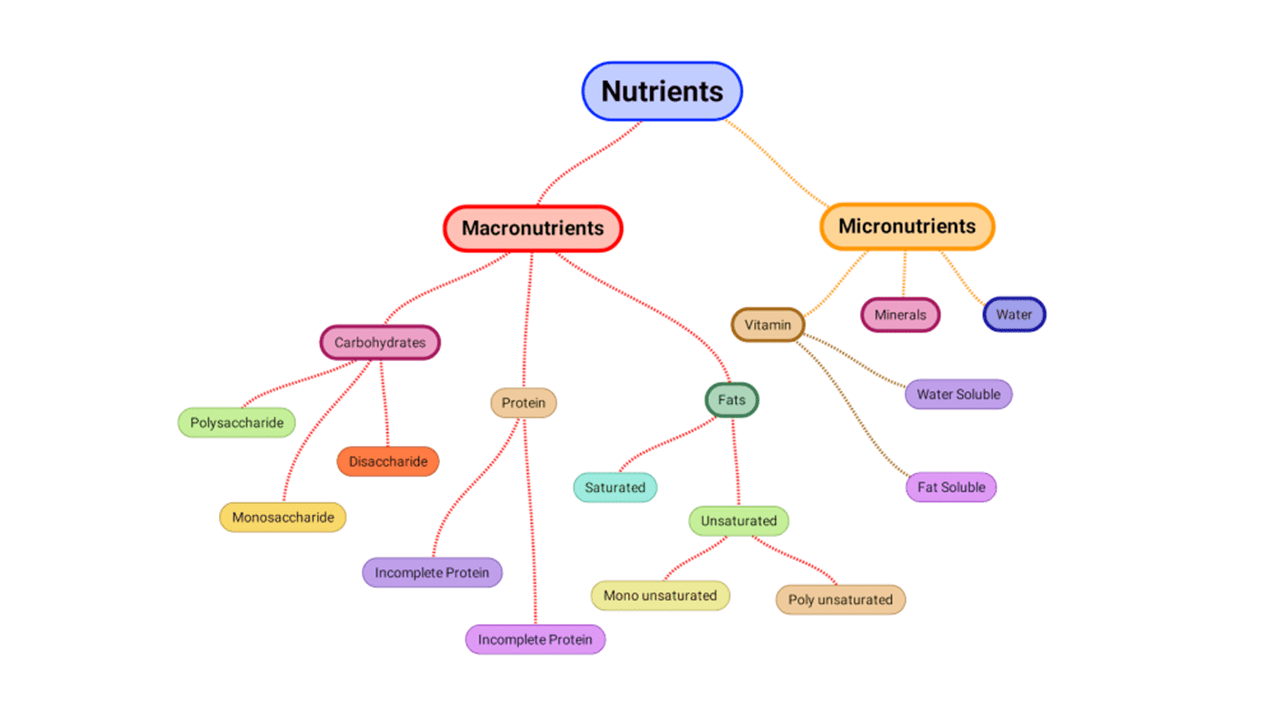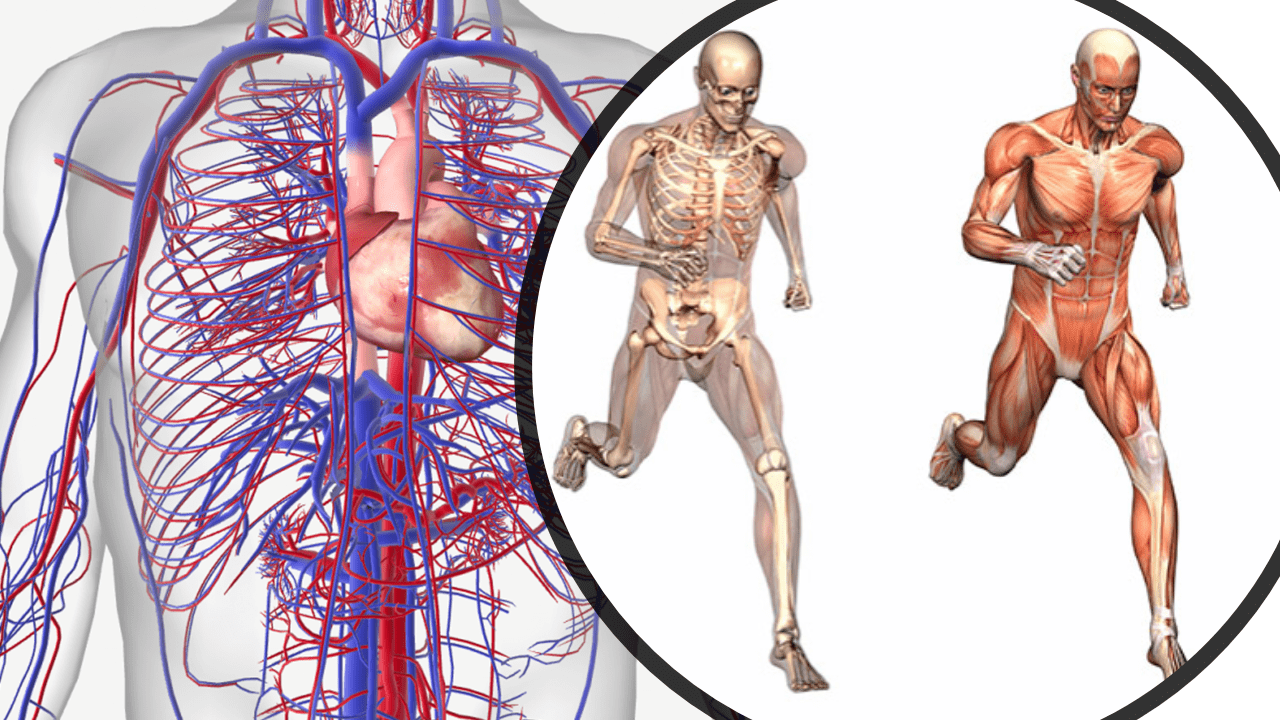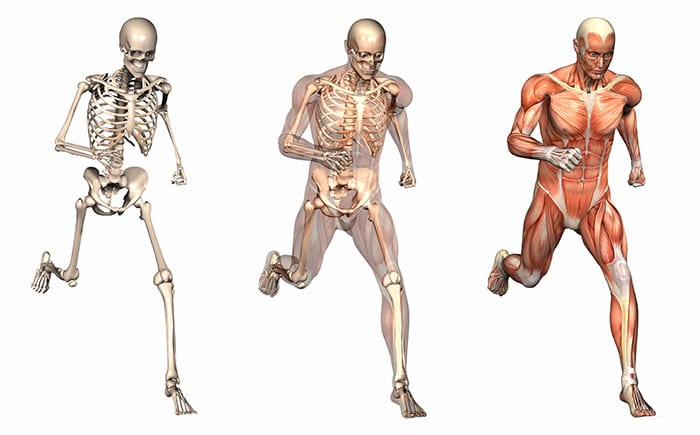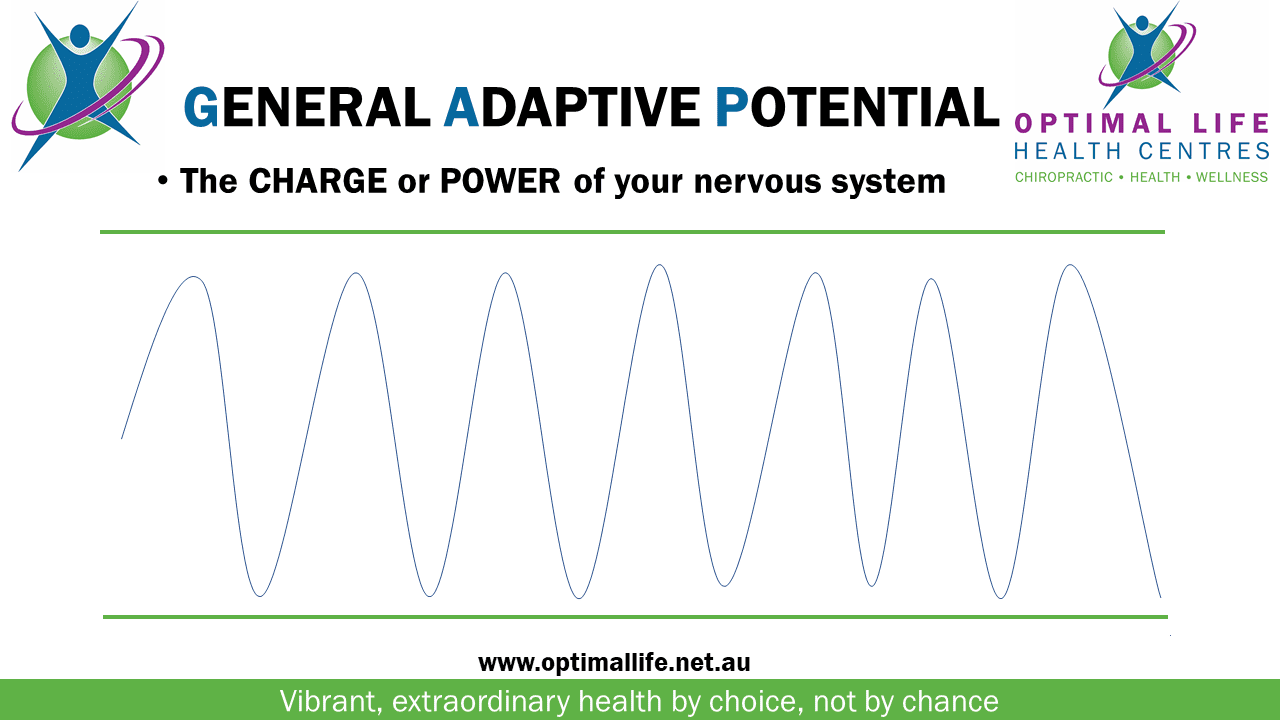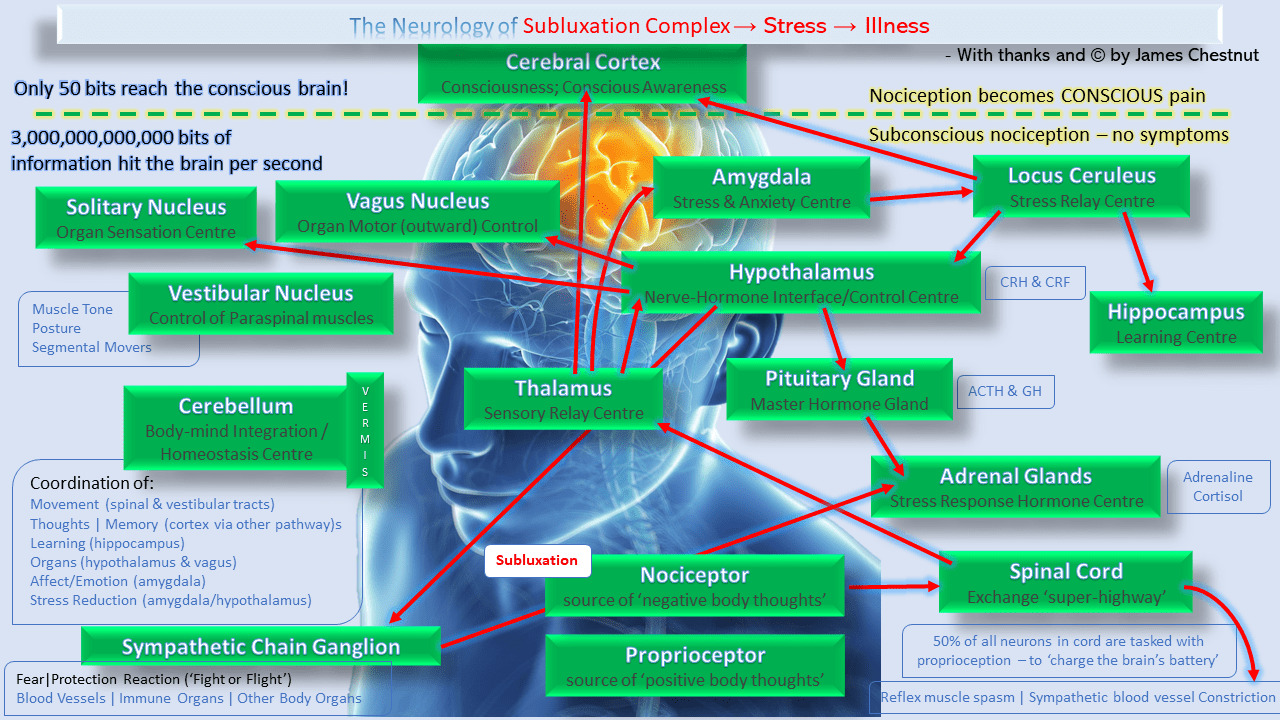Nutrition is an area filled with differing opinions and advice. As part of our Vibrant Life Key #2 where we look at developing ideal internal chemistry we have described in general terms our recommendations for both macronutrients and micronutrients in your general nutrition plan (menu or diet). Micronutrients and Macronutrients: Macronutrients are the major food … Read more
Healthcare
Healthcare can be defined as ANY approach or intervention aimed at helping a state of sickness move toward wellness by improving cellular function.
This includes any intervention which identifies cells that are not operating at 10/10 function – and then works toward removing, reducing or counteracting physical, chemical, mental-emotional or behavioural toxicities and/or resolving deficiencies.
The result of this model is that you are moving a person from wherever they are on the health scale HIGHER, back toward the 10/10 level.
This is the ‘salutogenic’ model where healthcare is focused on factors that support human health and well-being, rather than on factors that cause disease (pathogenesis). This model specifically concerns itself with the relationship between health, stress, and coping.
In our view healthcare professionals do need to be consulted regularly, whether you are suffering from overt symptoms and disease, or not! Healthcare is a process, not an event. Healthcare providers are coaches – skilled, knowledgeable people who can help you learn new ideas and implement strategies to make great change and help you live a better life.
An approach or intervention that further induces a state of toxicity or deficiency, or overrides the organisms natural function, EVEN if it removes a symptom or helps someone feel better is NOT true healthcare.
It may be a useful or helpful intervention for someone in crisis, but it is not about actually moving someone further along the health continuum to a state of better health.
Much of the traditional system of what is called ‘healthcare’ in our society (while important, valuable and valid when a patient is in a critical or crisis state) does not move toward further cellular health. Instead, it tends to suppress symptoms, and by making someone ‘feel’ better, gives them an inaccurate belief or trust that they are now well or that the problem is resolved.
This archive contains a range of articles and resources that focus on this salutogenic model of healthcare.
Working toward reducing toxicity in our lives definitely means (in part) cleaning up our nutrition – the food, additives and chemicals we regularly consume are often toxic to our bodies. The toxicity may not be obvious because of our remarkable detoxification and storage systems that work hard to adapt to these pressures – but imagine … Read more
Healthier amounts, types and proportions of fats in our blood can be developed with appropriate levels of movement. A ‘Lipid’ is the technical name for fats and oils. Blood lipids are the relative amount and proportion of fats, cholesterol, and other molecules that they form which are found in the blood. Clearly this is a … Read more
It is obvious that if you exercise more, you have a leaner, trimmer body, with less fat storage and better functioning, more developed muscle – this gives us a healthier body composition that also ‘looks’ better. Body composition is in many the ‘holy grail’ for many – how we look is often (erroneously) used as … Read more
It is common sense that movement (exercise) is essential for maintaining good cardiovascular function – heart health, blood vessel health and keeping blood pressure in a healthy range. An improvement of heart and blood vessel health toward homeostatic (healthy) function can only occur as the result of the genes responding to healthier levels of environmental … Read more
Insulin sensitivity is critical in human health; one of the primary factors that contribute to ideal levels of Insulin sensitivity is appropriate levels of movement. We’ve commonly heard the word ‘Insulin’ a lot in common conversation – we know it as the ‘diabetes’ hormone, yet it has many more roles than reducing blood sugar levels. … Read more
While there are many different potentially stressful stimuli occuring in the external environment outside of us, or in our internal environment – inside our skin they can be collapsed into only TWO prime categories – toxicity or deficiency. These stimuli in our lives initiate or cause us stress. Environmental stressors are at the root of … Read more
One of our colleagues Patrick Gentempo coined the term ‘General Adaptive Potential’ (GAP) to explain how the flexibility of our nervous system determines if stress will have potentially good, valuable effects on our health and well-being or if we will pay a price for the stress load we are experiencing. Hans Selye, one of the … Read more
Remember that the best way to define “health,” is not by using symptoms as a marker – in fact this is a particularly bad way to define your level of health! Symptoms are no more than warning signs of the true dysfunction (and they often come about only when your ability to adapt has hit … Read more
What is Pain? Chiropractic Subluxations only RARELY result in pain or other symptoms. Pain is actually an emotional experience. It results from higher brain-areas responding to ‘stress’ signals with memory and other factors which determine how bad the pain is and how debilitating it might be. The same injury can have one person doubled over … Read more

